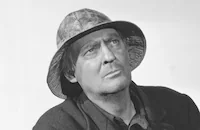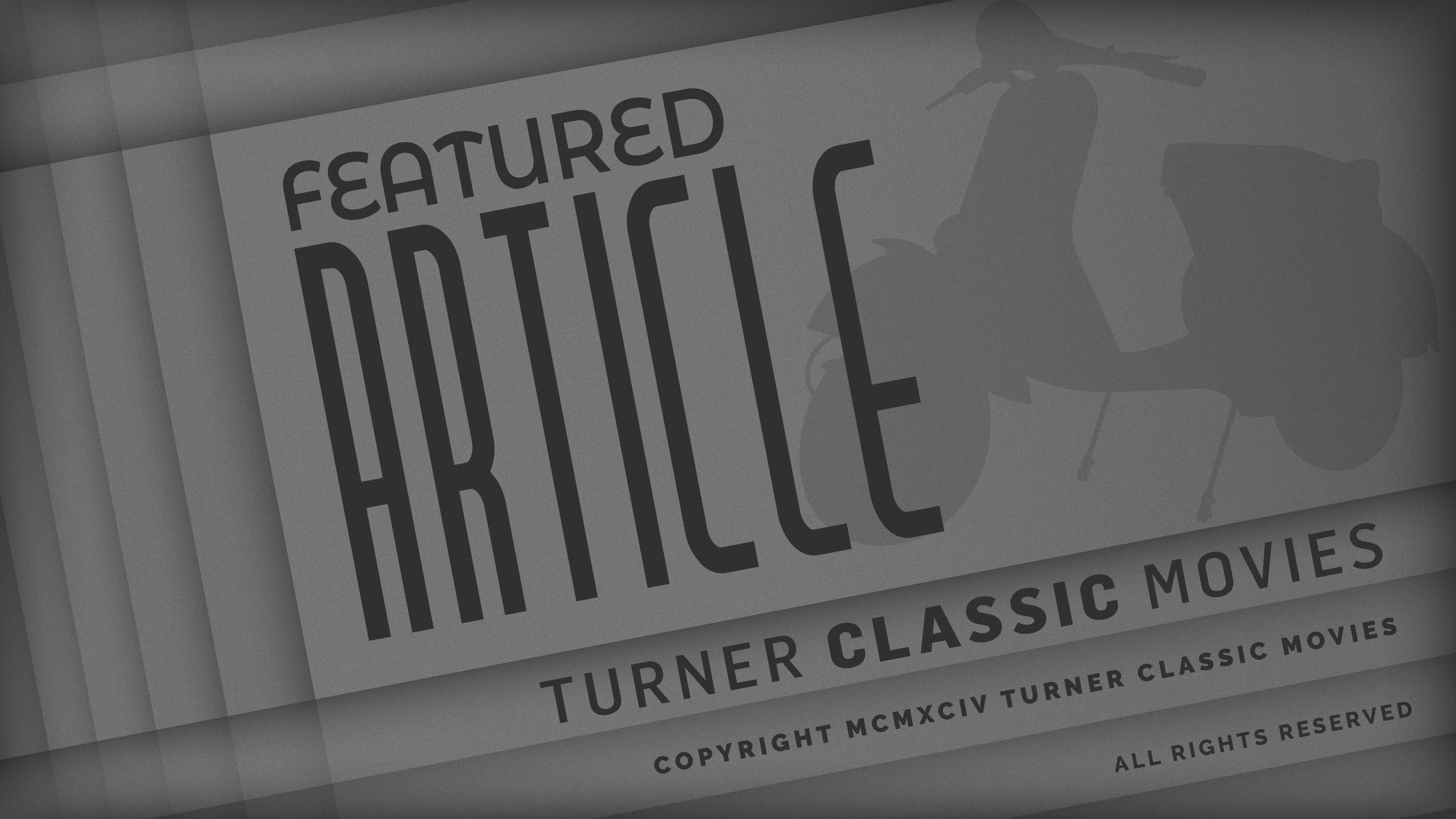Free and Easy

Brief Synopsis
Cast & Crew
Edward Sedgwick
Buster Keaton
Anita Page
Trixie Friganza
Robert Montgomery
Fred Niblo
Film Details
Technical Specs

Synopsis
Elmer Butts, the befuddled manager of Elvira, a Kansas beauty contest winner, is obliged to take her to Hollywood and get her a break in the movies. At a typical Grauman's Chinese premiere, they are confronted with screen celebrities. Later, Elmer crashes the studio gate, allowing a comic chase through sound stages where various players are working, including Lionel Barrymore, Karl Dane, and Dorothy Sebastian. Ultimately, he gets a job as an extra, causing various amusing complications. Elvira falls in love with Larry, a screen hero, while Elmer is awarded a studio contract and appears in the musical comedy finale, "Free and Easy."

Director

Edward Sedgwick
Cast

Buster Keaton

Anita Page
Trixie Friganza

Robert Montgomery
Fred Niblo
Edgar Dearing

Gwen Lee

John Miljan

Lionel Barrymore

William Haines
William Collier Sr.

Dorothy Sebastian

Karl Dane
David Burton

Jackie Coogan

Cecil B. De Mille
Arthur Lange
Joe Farnham
Crew
Fred E. Ahlert
Al Boasberg
Allen Byre
David Cox
Paul Dickey
Cedric Gibbons
Jack Jordon
William Le Vanway
Sammy Lee
Richard Schayer
Douglas Shearer
Leonard Smith
Alexander Stein
George Todd
Roy Turk
Karl E. Zint

Videos
Movie Clip




Promo
Film Details
Technical Specs

Articles
Free and Easy
Keaton had appeared in the all-talkie musical extravaganza The Hollywood Revue of 1929 (1929) but did not speak; he only performed his parody of the dance of Salome. It would be five months before Keaton would be allowed to address his public. In the meantime, Hollywood went through a phase of inserting musical numbers into everything, even melodramas like Cecil B. DeMille's Dynamite (1929). Keaton's new movie would be given the same treatment. MGM's house magazine The Distributor wrote during the picture's production, "The new Keaton in pictures will permit full play to the dialogue, singing and dancing talents which make him a stage winner."
Keaton's character was also changed at this point. Why it was done is still a point of contention, although there is a suggestion that Keaton's Kansas-accented baritone voice led MGM to think audiences would take Keaton as rural and unsophisticated. Up until this point, most of Keaton's comedy focused on the clever way his character overcame problems that seemed to dwarf him. With the beginning of his sound career until he dropped out of starring roles at MGM three years later, Keaton would play just another hapless boob stumbling into one embarrassing scrape after another.
MGM must have felt this was a winning formula as they poured almost a half-million dollars into Free and Easy, gave Keaton Anita Page, the star of the Academy Award-winning The Broadway Melody (1929) as love interest, as well as up-and-coming star Robert Montgomery as rival, and a large number of other MGM celebrities in cameos. The plot also had great potential for Keaton's comic persona since he was playing a character running loose on the sets of MGM (where he had been a silent star); in fact, the working title had been On the Set.
What appears on screen, however, never takes advantage of the situation's possibilities, the only Keaton highlights being his muddling of the line "the queen swooned" and his warbling of the movie's title song. However, Free and Easy does provide an interesting picture of the MGM lot during the same period of time covered in the later classic Singin' in the Rain (1952). One scene that leaves an eerie aftertaste has Keaton running into director Cecil B. DeMille just as DeMille mentions actress Gloria Swanson. Twenty years later all three would appear in Sunset Boulevard (1950) with Keaton one of a group of silent-film actors referred to by William Holden as "waxworks."
Free and Easy opened to generally negative reviews with Robert E. Sherwood in Film Daily remarking that, "Buster Keaton, trying to imitate a standard musical comedy clown, is no longer Buster Keaton and no longer funny." However, audiences, perhaps drawn by Keaton's co-stars or the novelty of hearing him speak, made Free and Easy a hit, in fact, a bigger hit than most of his now famous silent films. With such a verdict from the public, MGM had little choice but to order more of the same and the Keaton of The General (1927) and Steamboat Bill, Jr. (1928) was locked up in the studio vaults with the rest of the now-useless silent cinema.
Producer/Director: Edward Sedgwick
Screenplay: Al Boasberg, Paul Dickey, Richard Schayer
Cinematography: Leonard Smith
Film Editing: William LeVanway
Art Direction: Cedric Gibbons
Music: Fred E. Ahlert, Roy Turk
Cast: Buster Keaton (Elmer), Anita Page (Elvira), Trixie Friganza (Ma), Robert Montgomery (Larry), Fred Niblo (Director Niblo), Edgar Dearing (Officer).
BW-93m. Closed captioning.
by Brian Cady

Free and Easy
Quotes
Trivia
Notes
Free and Easy was also shot in a Spanish-language version, Estrellados. For a version released in France in 1931, the English dialogue was replaced with intertitles in French and English.















